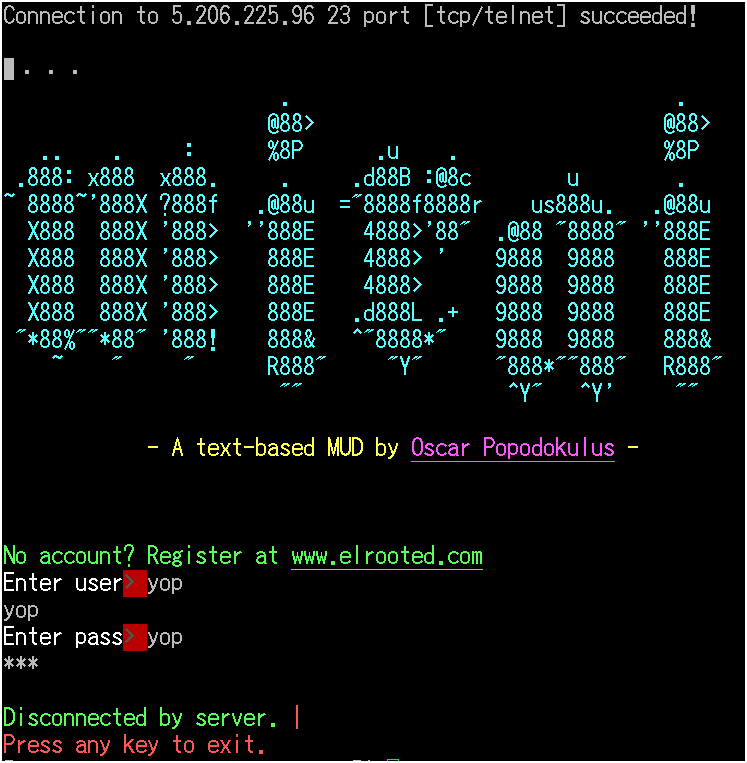Mirai evolves from the source code of Gafgyt. A new trojan named Mirai has surfaced, and it’s targeting Linux servers and IoT devices, mainly DVRs, running Linux-based firmware, with the purpose of enslaving these systems as part of a large botnet used to launch DDoS attacks.
According to security researcher MalwareMustDie! (MMD), Mirai is an evolution of an older trojan, also used for DDoS attacks, known under many names, such as Gafgyt, Lizkebab, BASHLITE, Bash0day, Bashdoor, and Torlus.
Mirai’s predecessor is no joke. According to a Level 3 report from last week, Gafgyt had infected over one million IoT devices during the past months, and there’s one crook running a Gafgyt-powered botnet of over 120,000 bots.
Mirai targets Linux Busybox firmware
Mirai’s mode of operation is largely the same as Gafgyt, targeting IoT devices running Busybox, a slimmed down version of the Linux kernel, used to power IoT devices.
The trojan also targets only a specific set of platforms, such as ARM, ARM7, MIPS, PPC, SH4, SPARC, and x86, on which IoT devices are usually built.
Mirai infects devices via brute-force attacks on the Telnet port, using a list of default admin credentials, trying to exploit cases where device owners have forgot to change the built-in password.
Once it infects a device, it reports to the C&C server and awaits commands. Mirai comes with support for launching DDoS attacks, but also brute-force attacks, used spread itself to other IoT devices.
Mirai mainly targets DVRs and IP cameras
Based on the “/dvrHelper” string found in Mirai’s source code, MMD suspects the trojan was specifically built to target DVRs and IP cameras.
The researcher also says that Mirai is either coded by the same Gafgyt crew, or its creators have copy-pasted a large chunk of its codebase into Mirai.
“ELF Linux/Mirai is the next generation of what they called it as ‘GayFgt/LizKebab/Torlus’ or what we call it as ‘Bash0day, Bashdoor, or Bashlite’ in the past,” MMD writes. “Which is desigend [sic] to be more sophisticated in aiming Linux boxes in internet for the botnet purpose (obviously for the DDoS attack cannons).”
For server administrators and sysadmins, some mitigations are available in order to filter Mirai brute-force traffic and avoid getting your servers and IoT devices compromised.
In the past few months, other researchers have spotted DDoS botnets made up of DVRs and CCTV systems, some of them as big as 25,000 bots. Other Linux trojans that have targeted IoT devices and Linux servers to enslave in DDoS botnets include PNScan and Remaiten.

Working as a cyber security solutions architect, Alisa focuses on application and network security. Before joining us she held a cyber security researcher positions within a variety of cyber security start-ups. She also experience in different industry domains like finance, healthcare and consumer products.












